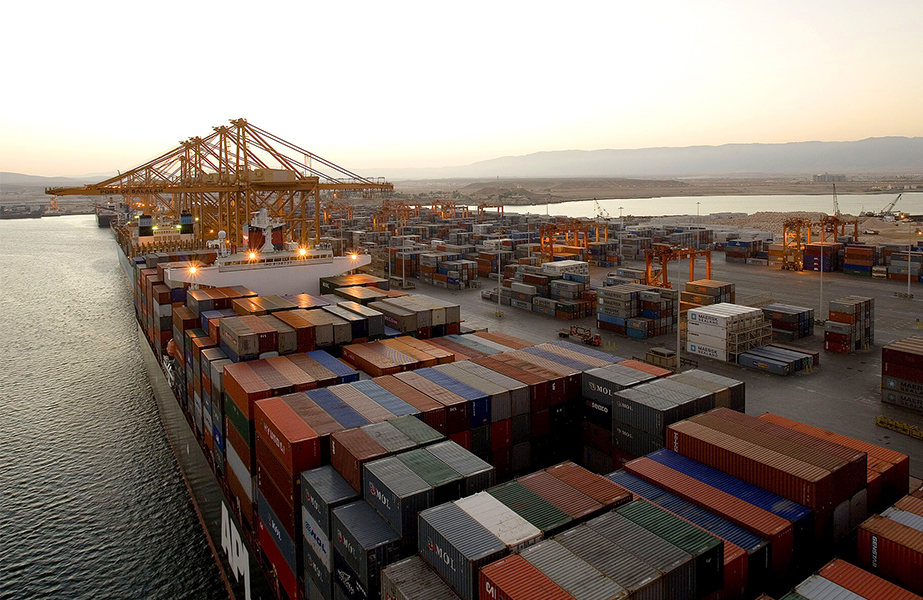Dutch chemical carrier owner deepened its efficiency drive with a fleetwide optimisation package following early wind-assisted propulsion adoption
Chemship BV agreed a fleetwide optimisation programme across nine vessels after trialling an automated propulsion control package on Chemical Challenger.
The owner said the package would be phased across the fleet, with initial retrofits on two Japanese-built multigrade tankers by end-2025 and the remaining installations during 2026.
The software programme FuelOpt includes a performance monitoring, reporting and benchmarking tool for fleet-level analysis. The contract covers the installation of an automated propulsion optimisation system that adjusts engine output in real time to meet predefined operational targets such as speed or fuel consumption limits.
The supplier said the system works with conventional and alternative fuels and could translate thrust gains from wind-assisted propulsion into fuel savings by automatically resetting engine power.
Chemship’s trial on Chemical Challenger paired automated propulsion control with the vessel’s suction wings.
Supplier, Manta Marine Technologies’, chief commercial officer Richard Engelhart Bjercke said the agreement underlined the role of propulsion control in meeting net-zero ambitions, describing “guaranteed performance improvements by seamlessly integrating human expertise with automated decision-making.”
Chemship operations director Michiel Marelis said the company had moved from “manually entered, error-prone consumption figures” to a single digital platform, which enabled it to “eliminate all variables and accurately measure the efficiency of our sustainable investments,” adding the package helped it realise “optimal savings from our Ventofoils.”
Chemship had earlier adopted wind-assisted propulsion on Chemical Challenger, retrofitting four 16-m aluminium VentoFoils that created a direct wind surface of 180 m² and, using smart vacuum technology, a gross wind surface equivalent to 900 m².
The company expected an average 10% reduction in CO2 from the installation and in remarks at the time, Chemship chief executive Niels Grotz linked the initiative to the company’s broader sustainability goals.
He said the company would use less fuel and reduce CO2 emissions and anticipated an annual reduction of 850 tonnes of CO2 on the vessel.





